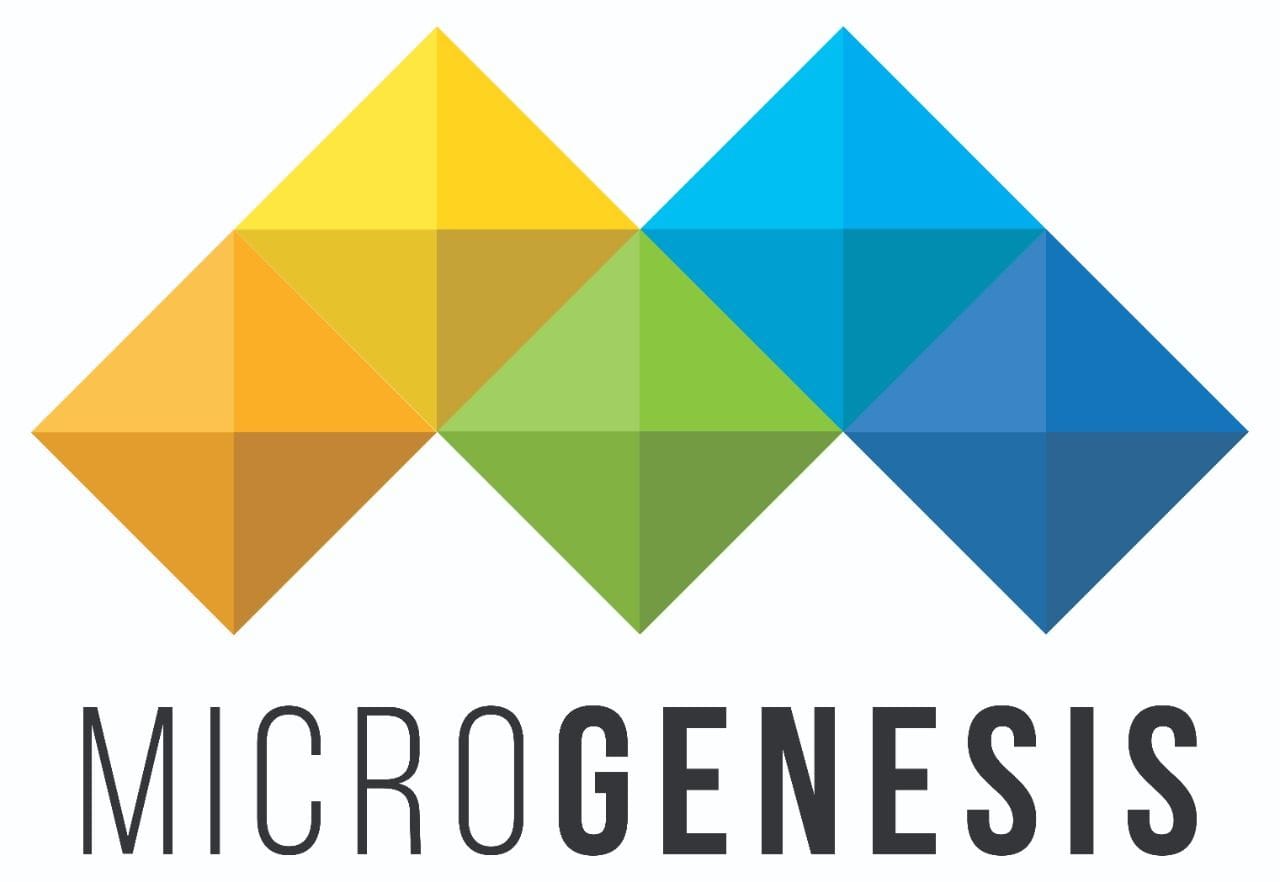In an era where technology underpins every aspect of business operations, delivering reliable, efficient, and user-centered IT services has become a competitive advantage. Organizations today depend on IT not just for infrastructure, but for innovation, agility, and customer experience. However, without structure and governance, IT environments can quickly become fragmented — leading to inefficiencies, downtime, and misaligned priorities.
This is where ITIL (Information Technology Infrastructure Library) comes in.
As the world’s most widely adopted framework for IT Service Management (ITSM), ITIL provides a comprehensive set of best practices to align IT services with business objectives. It offers a structured, repeatable approach to planning, delivering, and improving IT services — transforming IT departments from reactive support units into proactive, value-driven partners, strengthened further through expert ITSM consulting services.
This blog explores the evolution, key principles, components, and modern relevance of ITIL, and how it serves as the foundation for effective IT Service Management in today’s fast-changing digital landscape.
1. What Is ITIL?
ITIL (Information Technology Infrastructure Library) is a globally recognized framework designed to standardize how IT services are selected, planned, delivered, and maintained.
Developed by the UK Government’s Central Computer and Telecommunications Agency (CCTA) in the 1980s, ITIL has evolved over time — becoming the gold standard for efficient IT operations and governance.
At its core, ITIL promotes a process-based approach that ensures IT services consistently meet the needs of the business and its users. Rather than focusing solely on technology, ITIL emphasizes service value, customer satisfaction, and continual improvement.
In essence, ITIL transforms IT from a technology provider into a strategic enabler of business success.
2. Evolution of ITIL: From ITIL v2 to ITIL 4
ITIL has evolved through multiple versions, adapting to new technologies and business paradigms.
2.1 ITIL v2 (Early 2000s)
Focused primarily on service support and service delivery, ITIL v2 introduced foundational concepts such as Incident, Problem, Change, and Configuration Management. It standardized IT operations but lacked flexibility for fast-moving digital businesses.
2.2 ITIL v3 (2007)
This version introduced the Service Lifecycle model, grouping ITSM processes into five stages:
- Service Strategy
- Service Design
- Service Transition
- Service Operation
- Continual Service Improvement
ITIL v3 emphasized alignment between IT and business strategy but remained process-heavy and less adaptive to Agile methodologies.
2.3 ITIL 4 (2019 – Present)
The most recent evolution, ITIL 4, represents a major shift. It aligns ITSM with modern practices like Agile, DevOps, Lean, and cloud-native operations — further strengthened through expert ITSM services. ITIL 4 focuses on value co-creation, where IT and business collaborate continuously to deliver measurable results. It also introduces the Service Value System (SVS) — a flexible, holistic model that enables organizations to adapt ITSM principles to their specific contexts.
3. The Core Principles of ITIL 4
ITIL 4 introduces seven guiding principles that serve as universal recommendations for successful service management. These principles promote agility, collaboration, and customer-centricity.
- Focus on Value:
Every IT initiative should create tangible value for customers and the business. For example, a new self-service portal isn’t just a tool — it’s a way to improve efficiency and user satisfaction.
- Start Where You Are:
Instead of overhauling processes from scratch, organizations should build on what already works. Incremental improvement reduces disruption and promotes long-term success.
- Progress Iteratively with Feedback:
Adopt an agile approach by implementing improvements in manageable steps. Regular feedback ensures relevance and reduces the risk of large-scale failure.
- Collaborate and Promote Visibility:
Breaking down silos between IT, business, and operations fosters alignment and transparency — essential for consistent service delivery.
- Think and Work Holistically:
Services are interconnected systems. ITIL emphasizes considering all components — people, technology, processes, and partners — when designing solutions.
- Keep It Simple and Practical:
Complexity often leads to inefficiency. ITIL encourages organizations to prioritize clarity and usability over unnecessary procedures.
- Optimize and Automate:
Eliminate repetitive manual tasks through automation. This frees teams to focus on innovation and strategic improvement.
These principles make ITIL 4 not just a framework, but a philosophy for continuous service excellence.
4. The ITIL Service Value System (SVS)
At the heart of ITIL 4 lies the Service Value System (SVS) — a model that describes how all components and activities of an organization work together to create value through IT-enabled services.
4.1 Components of the SVS
- Guiding Principles – Universal recommendations that influence all decisions and actions.
- Governance – Ensures alignment between IT activities and business direction.
- Service Value Chain – The core operational model for delivering services.
- Practices – Replaces “processes” from ITIL v3 with 34 flexible, adaptable practices.
- Continual Improvement – A consistent focus on learning and optimization.
The SVS provides both structure and flexibility — enabling organizations to tailor ITIL practices to their maturity, size, and digital transformation goals.
5. The ITIL Service Value Chain
The Service Value Chain (SVC) represents the operational core of ITIL 4. It defines how value is created through interconnected activities that transform inputs (like user requests) into valuable outputs (like reliable services).
The six value chain activities are:
- Plan: Align IT strategy and policies with business goals.
- Improve: Continuously assess performance and identify optimization opportunities.
- Engage: Communicate and collaborate with stakeholders to understand needs.
- Design & Transition: Develop new or modified services while ensuring quality and risk management.
- Obtain/Build: Acquire or develop components necessary for services.
- Deliver & Support: Provide ongoing service operations and user support.
Together, these activities form a flexible model adaptable to both traditional and agile environments.
6. ITIL Practices (Replacing ITIL v3 Processes)
ITIL 4 defines 34 management practices, categorized into three types:
- General Management Practices (e.g., Continual Improvement, Risk Management, Architecture Management)
- Service Management Practices (e.g., Incident, Change, Problem, and Service Desk Management)
- Technical Management Practices (e.g., Deployment, Infrastructure, and Software Development Management)
These practices promote cross-functional collaboration and holistic service delivery, enabling IT teams to align technology performance with business outcomes.
7. Benefits of Implementing ITIL
Adopting ITIL offers both strategic and operational advantages.
7.1 Enhanced Service Quality
Standardized processes ensure consistent delivery, reduced downtime, and improved reliability.
Customers experience faster response times and more predictable service outcomes.
7.2 Cost Efficiency
By optimizing workflows and reducing duplication, ITIL helps organizations achieve more with fewer resources.
Automation and self-service reduce operational overheads.
7.3 Improved Visibility and Governance
A structured framework makes it easier to monitor performance, track SLAs, and ensure compliance with regulatory standards like ISO/IEC 20000.
7.4 Stronger Collaboration
ITIL’s emphasis on cross-departmental cooperation eliminates silos between IT, operations, and business teams.
This alignment enhances innovation and accelerates time-to-market for new initiatives.
7.5 Continual Improvement
ITIL’s iterative nature encourages organizations to evolve constantly, leveraging feedback and analytics for continuous optimization.
8. Integrating ITIL with Agile, DevOps, and Cloud
Modern IT environments demand speed and flexibility — areas where traditional ITIL processes once faced criticism for being rigid.
However, ITIL 4 now integrates seamlessly with Agile, DevOps, and Cloud practices, enabling adaptability without sacrificing governance.
8.1 ITIL and Agile
ITIL provides the structure and consistency that Agile teams need for long-term scalability.
Together, they balance control with flexibility — ensuring that rapid delivery does not compromise service quality.
8.2 ITIL and DevOps
DevOps focuses on automation, collaboration, and continuous delivery. ITIL complements this by providing governance and stability for those rapid releases.
In hybrid ITSM models, DevOps manages change velocity, while ITIL manages change reliability.
8.3 ITIL and Cloud
As organizations adopt multi-cloud and hybrid models, ITIL’s framework supports governance, cost optimization, and compliance.
It helps IT teams maintain visibility and accountability across distributed systems.
9. Common Pitfalls in ITIL Implementation
Despite its benefits, ITIL adoption can face challenges when not implemented thoughtfully.
- Over-Engineering: Excessive bureaucracy or documentation can slow progress. Start with essential processes.
- Lack of Buy-In: Without executive support, ITIL initiatives lose momentum. Communicate value early.
- Ignoring Culture: ITIL’s success depends on collaboration and communication, not just process compliance.
- Tool Overload: Implementing too many tools at once leads to confusion. Choose platforms that support gradual scaling.
A phased, outcome-driven approach ensures sustainable results.
Learn more: ITSM vs ITIL: Understanding the Difference and How They Work Together
10. Real-World Example: ITIL Transformation in Action
A global financial services company struggling with fragmented IT processes adopted ITIL 4 to unify its service management.
Within a year:
- Incident resolution time dropped by 40%.
- SLA compliance improved from 82% to 97%.
- User satisfaction increased by 25%.
By standardizing service delivery and fostering a culture of continual improvement, ITIL helped the organization achieve both operational stability and business agility.
11. The Future of ITIL
As technology continues to evolve, ITIL remains highly relevant — not as a static framework but as a living, adaptive model.
Future iterations will likely integrate deeper AI-driven analytics, automated decision-making, and experience-based metrics (XLAs) that go beyond SLAs.
ITIL’s evolution proves that structured governance and agile innovation are not opposites — they are complementary forces driving digital excellence.
Conclusion
ITIL continues to serve as the cornerstone of effective IT Service Management. By combining structure with flexibility, it empowers organizations to deliver value consistently, manage risk intelligently, and adapt rapidly to change.
Whether used as a complete framework or integrated with Agile and DevOps, ITIL ensures that IT remains aligned, accountable, and value-focused in the digital age.
In short, ITIL is not just a framework — it’s a philosophy of continuous service excellence, supported by MicroGenesis Sweden AB, a top IT company providing expert ITSM services. For assistance or guidance, contact us.

